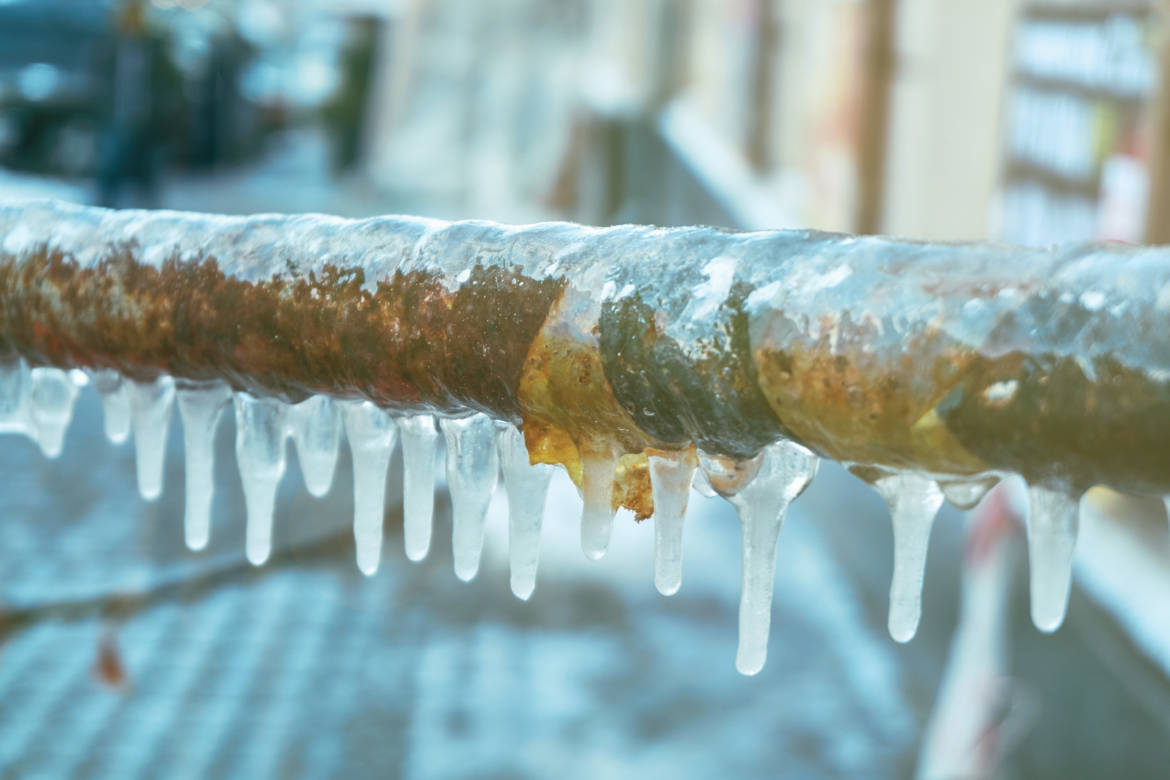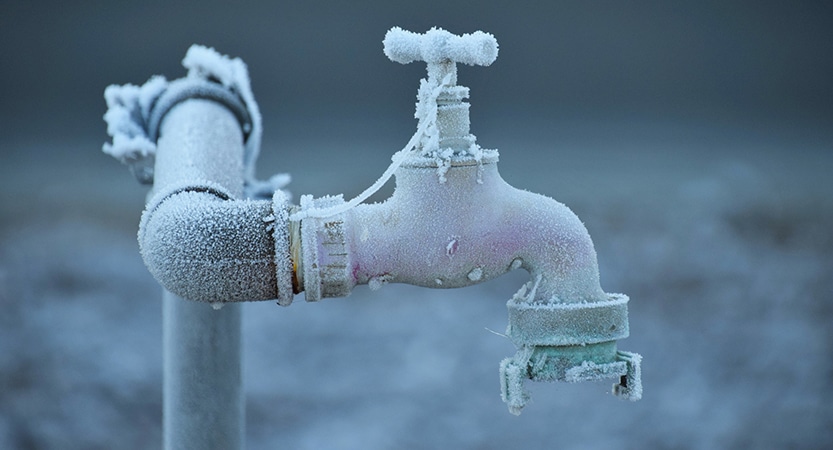Important Advice for Preventing Frozen Plumbing in Cold Weather Seasons
Important Advice for Preventing Frozen Plumbing in Cold Weather Seasons
Blog Article
What're your concepts about Winter Plumbing Precautions: Preventing Frozen Pipes?

Winter can damage your pipes, specifically by freezing pipelines. Here's just how to stop it from occurring and what to do if it does.
Intro
As temperatures decline, the threat of icy pipes boosts, possibly resulting in expensive repair work and water damages. Understanding exactly how to avoid frozen pipes is vital for homeowners in cold climates.
Comprehending Icy Pipelines
What creates pipelines to freeze?
Pipes freeze when subjected to temperature levels listed below 32 ° F (0 ° C) for extended periods. As water inside the pipes ices up, it increases, taxing the pipe walls and potentially causing them to burst.
Risks and damages
Icy pipelines can cause water disturbances, residential or commercial property damages, and pricey fixings. Ruptured pipes can flood homes and cause extensive architectural damage.
Signs of Frozen Piping
Determining icy pipes early can avoid them from rupturing.
How to identify frozen pipelines
Try to find lowered water circulation from taps, unusual smells or noises from pipes, and noticeable frost on subjected pipes.
Avoidance Tips
Protecting at risk pipes
Cover pipelines in insulation sleeves or use warm tape to protect them from freezing temperature levels. Concentrate on pipes in unheated or external locations of the home.
Heating techniques
Maintain interior rooms effectively warmed, especially locations with plumbing. Open cabinet doors to enable warm air to distribute around pipelines under sinks.
Protecting Outside Plumbing
Yard pipes and outside taps
Separate and drain pipes yard tubes prior to winter season. Install frost-proof spigots or cover exterior faucets with shielded caps.
What to Do If Your Pipelines Freeze
Immediate activities to take
If you believe icy pipes, maintain taps open up to soothe stress as the ice melts. Use a hairdryer or towels taken in hot water to thaw pipes gradually.
Long-Term Solutions
Structural changes
Take into consideration rerouting pipes away from outside walls or unheated areas. Include extra insulation to attic rooms, basements, and crawl spaces.
Updating insulation
Purchase top quality insulation for pipelines, attics, and wall surfaces. Appropriate insulation assists preserve regular temperature levels and reduces the risk of icy pipelines.
Conclusion
Preventing icy pipes calls for positive steps and fast actions. By recognizing the causes, signs, and safety nets, property owners can shield their plumbing throughout cold weather.
5 Ways to Prevent Frozen Pipes
Drain Outdoor Faucets and Disconnect Hoses
First, close the shut-off valve that controls the flow of water in the pipe to your outdoor faucet. Then, head outside to disconnect and drain your hose and open the outdoor faucet to allow the water to completely drain out of the line. Turn off the faucet when done. Finally, head back to the shut-off valve and drain the remaining water inside the pipe into a bucket or container. Additionally, if you have a home irrigation system, you should consider hiring an expert to clear the system of water each year.
Insulate Pipes
One of the best and most cost-effective methods for preventing frozen water pipes is to wrap your pipes with insulation. This is especially important for areas in your home that aren’t exposed to heat, such as an attic. We suggest using foam sleeves, which can typically be found at your local hardware store.
Keep Heat Running at 65
Your pipes are located inside your walls, and the temperature there is much colder than the rest of the house. To prevent your pipes from freezing, The Insurance Information Institute suggests that you keep your home heated to at least 65 degrees, even when traveling. You may want to invest in smart devices that can keep an eye on the temperature in your home while you’re away.
Leave Water Dripping
Moving water — even a small trickle — can prevent ice from forming inside your pipes. When freezing temps are imminent, start a drip of water from all faucets that serve exposed pipes. Leaving a few faucets running will also help relieve pressure inside the pipes and help prevent a rupture if the water inside freezes.
Open Cupboard Doors
Warm your kitchen and bathroom pipes by opening cupboards and vanities. You should also leave your interior doors ajar to help warm air circulate evenly throughout your home.

I discovered that content about 6 Ways to Prevent Frozen Pipes when browsing the internet. Are you aware of another individual who is fascinated with the topic? Why not promote it. I am grateful for being here. Come back soon.
Visit Our Site Report this page